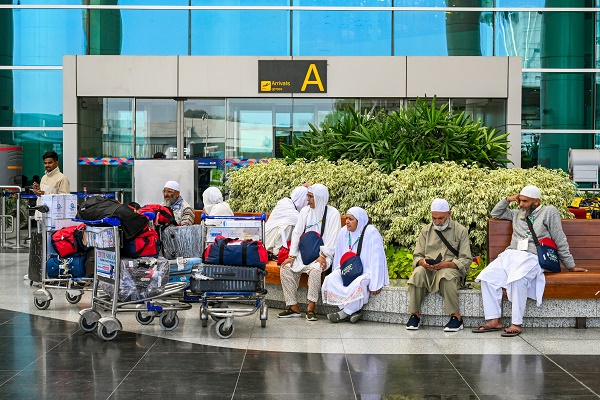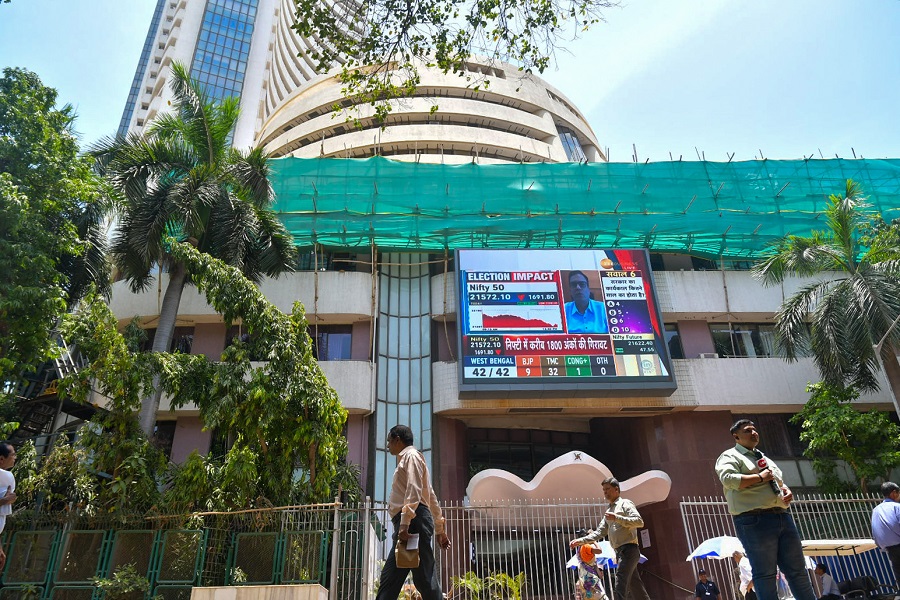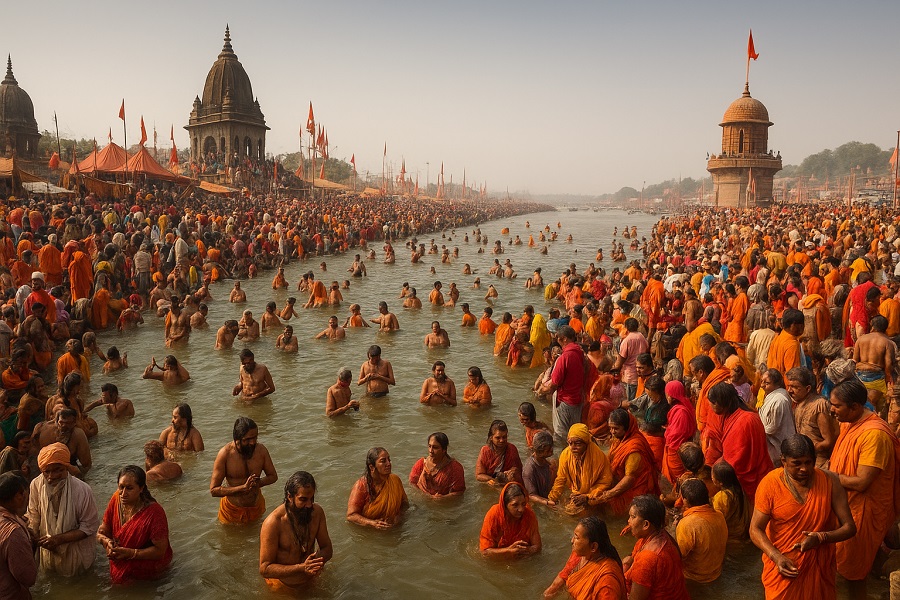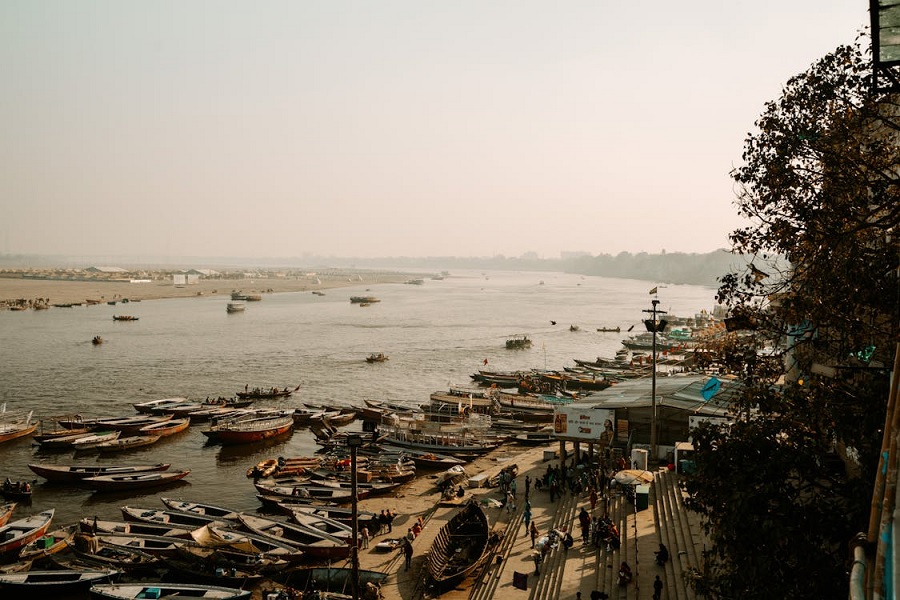Pilgrimage Tourism in India: A Spiritual Journey Across Sacred Lands

India, with its rich cultural and spiritual heritage, is a beacon for pilgrimage tourism. For centuries, people from across the world have visited India’s sacred sites to seek spiritual solace, peace, and blessings. Pilgrimage tourism in India offers an opportunity to explore not just sacred places but also the profound history, architecture, and rituals that have been an integral part of the country's spiritual fabric.
Top Pilgrimage Destinations in India
Varanasi (Kashi)
Considered the holiest city in India, Varanasi on the banks of the Ganges River is one of the oldest inhabited cities in the world. Pilgrims from all over the globe visit Varanasi to take a dip in the Ganges, seeking to purify their souls. The Kashi Vishwanath Temple and the evening Ganga Aarti are iconic experiences for visitors.
Tirupati
Located in the southern state of Andhra Pradesh, Tirupati is home to the renowned Sri Venkateswara Temple, one of the richest temples in the world. The temple attracts millions of devotees annually, with pilgrims visiting for blessings and spiritual redemption. Tirumala Hills, where the temple is located, offers a serene environment for reflection.
Amritsar (Golden Temple)
The Golden Temple (Harmandir Sahib) in Amritsar, Punjab, is the holiest shrine of the Sikh religion. Pilgrims visit the temple for spiritual guidance, peace, and a sense of community. The temple’s architectural beauty and the peaceful atmosphere of the Sarovar (holy pool) offer a tranquil experience. The Langar (community kitchen) is an example of hospitality, where meals are served to thousands of visitors every day.
Bodh Gaya
Bodh Gaya in Bihar is a key pilgrimage site for Buddhists, as it is believed to be the place where Lord Buddha attained enlightenment under the Bodhi Tree. The Mahabodhi Temple here attracts Buddhist pilgrims, monks, and tourists, offering a peaceful environment for meditation and reflection.
Rishikesh and Haridwar
Located in Uttarakhand, Rishikesh and Haridwar are two of the holiest cities for Hindus. Haridwar is famous for the Ganga Aarti at Har Ki Pauri, while Rishikesh is known as the "Yoga Capital of the World." Pilgrims come here for spiritual practices, the ancient temples along the banks of the Ganges, and to attend the Kumbh Mela, which is one of the largest religious gatherings in the world.
Vaishno Devi
Nestled in the mountains of Jammu and Kashmir, the Vaishno Devi Temple is a popular pilgrimage destination. Dedicated to Goddess Vaishno Devi, it attracts millions of devotees who trek through the mountains to reach the shrine. The Katra Vaishno Devi pilgrimage is famous for the spiritual journey and the breathtaking views of the surrounding landscape.
Dwarka
Dwarka, in Gujarat, is an important site for Hindus as it is believed to be the ancient kingdom of Lord Krishna. The Dwarkadhish Temple stands as a beacon of faith for devotees who visit this coastal city. The temple’s architectural grandeur and the connection to the mythology of Lord Krishna make it a must-visit for spiritual travelers.
Kedarnath and Badrinath
Kedarnath and Badrinath, both located in Uttarakhand, are part of the Char Dham Yatra, an important pilgrimage circuit for Hindus. Kedarnath is dedicated to Lord Shiva, while Badrinath is dedicated to Lord Vishnu. These temples are nestled in the Himalayan ranges, offering a divine and awe-inspiring atmosphere.
Pilgrimage Tourism in India: A Unique Experience
Pilgrimage tourism in India is not just about visiting temples and sacred sites; it is about immersing oneself in rituals, prayers, and spiritual practices that have been passed down through generations. It is a way to connect with the divine and experience peace and tranquility.
The journey often includes cultural immersion, with traditional rituals, festivals, and music playing an essential part of the pilgrimage experience. Kumbh Mela, held every few years in cities like Allahabad, Haridwar, Nashik, and Ujjain, is one of the largest spiritual gatherings, where millions of pilgrims converge to take a holy dip in the sacred rivers.
Economic Impact and Infrastructure Development
The growth of pilgrimage tourism in India has led to the development of infrastructure in many remote and rural areas. Roads, railways, and airports have been upgraded, and accommodation facilities have expanded, ensuring pilgrims have a comfortable journey. In addition, local businesses benefit from the influx of tourists, contributing to regional economies.





















